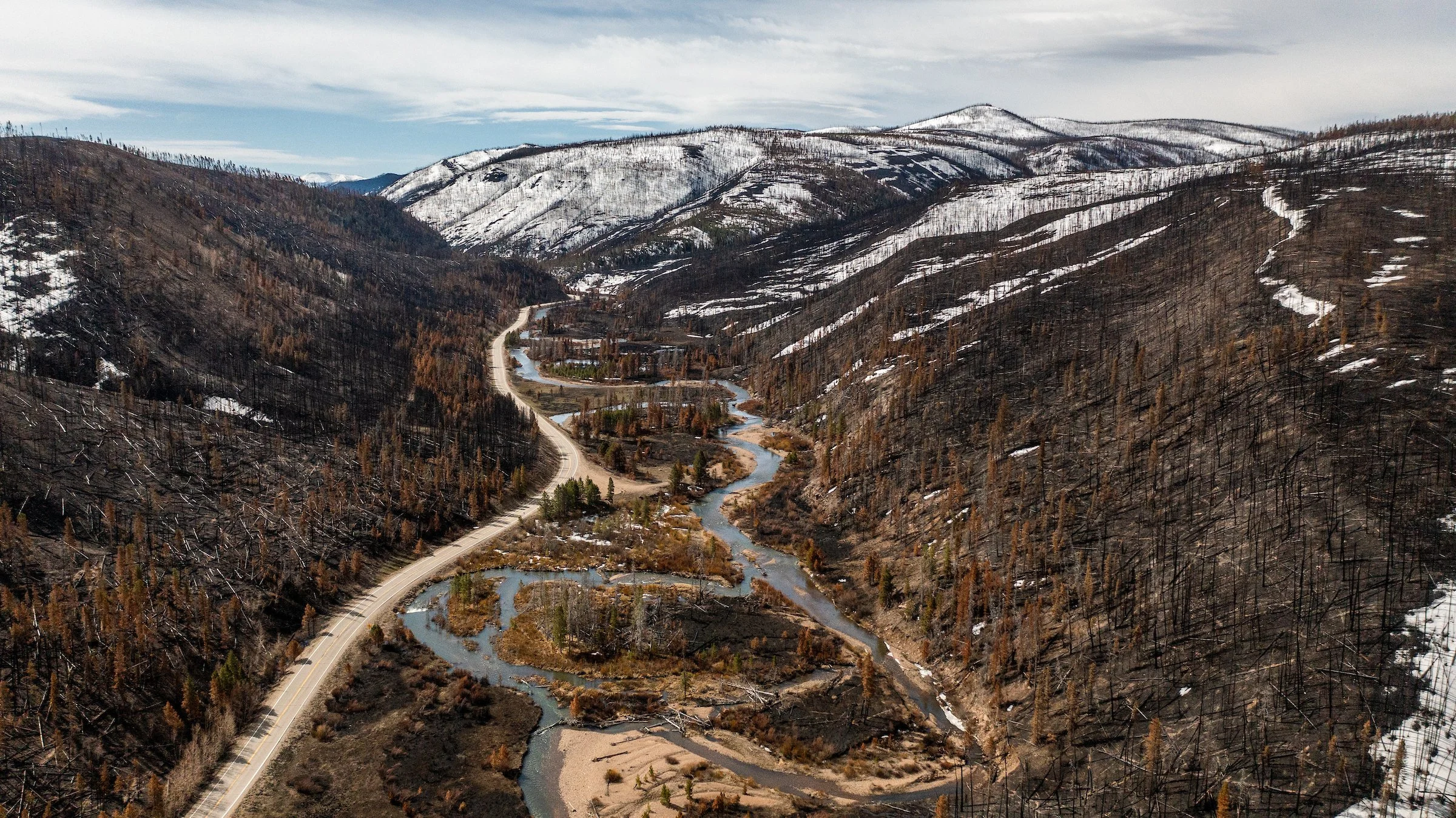Historically, mining played a large role in settling the American West and building the nation. However, its legacy – more than 500,000 abandoned hard rock mines with an estimated cleanup cost ranging from $36-72 billion – has persisted for the better part of a century with little progress toward a solution. According to the Environmental Protection Agency (EPA), abandoned hard rock mines affect 40 percent of headwaters in the western United States. Unfortunately, burdensome liability for would-be ‘Good Samaritans’, such as Trout Unlimited, has hindered abandoned hard rock mine cleanups. Good Samaritans didn’t create the problem, but they want to fix it. One needs to look no further than Colorado’s San Juan Mountains for acute examples of this problem. The San Juans are some of the most heavily mineralized mountains in the world, and they’ve been mined to death. More accurately, several fabled trout rivers in the region have suffered a long, slow death from acid mine drainage. The Animas River is completely devoid of aquatic life for many miles below Silverton on its way to Durango. Only through the input of clean tributaries does the water become diluted enough to support a strong fishery in Durango. The Uncompahgre River near Ouray is dead until the heavy metals fall out into the depths of Ridgway Reservoir. Other regional rivers, such as the Rio Grande and Lake Fork of the Gunnison, suffer as well.
Our tried and true pollution cleanup laws, the Clean Water Act and Comprehensive Environmental Response, Compensation, and Liability Act (better known as “CERCLA” or “Superfund”), place the burden of cleanup squarely on the owners of the property. Generally this is an excellent policy for most forms of pollution. But in the West, where the parties responsible for developing most of the old mine sites are long-gone, cleaning up these sites is a legal quagmire. A 2007 EPA policy memorandum provided useful protection to Good Samaritans from Superfund liability, but Clean Water Act liability remains a significant obstacle.
There are many projects in Colorado’s San Juan Mountains where water quality could be improved by collecting run-off, or taking an existing discrete discharge, and running the water through either an active or passive treatment system. Clean Water Act (CWA) compliance and liability issues remain a barrier to such projects.
In short, Good Samaritan projects need some sort of permit mechanism, such as that contemplated by legislation previously introduced by Senator Mark Udall and Rep. Scott Tipton in 2013. That legislation required a project to produce significant improvements in water quality for a specific period of time, implement best design and management practices, and conduct appropriate monitoring, but not expose the Good Samaritan to liability if the project at some point fails to achieve a required criterion for a given pollutant.
For over two decades numerous federal legislators have attempted to pass ‘Good Samaritan’ legislation with no success. Thankfully, Colorado’s Senator Michael Bennet and Colorado 3rd District Representative Scott Tipton are committed to resolving the problem. Building on their success with Trout Unlimited last year with the Hermosa Creek legislation, theses delegates are drafting site-specific Good Samaritan legislation for the San Juan Mountains. The hope is to demonstrate with pilot legislation that these types of projects can be successful, whereby removing political concerns for a national bill down the road.
Trout Unlimited will be coordinating the on-the-ground effort to educate communities and stakeholders while gathering supporters. We are building a grassroots coalition and you’re urged to voice your support. Visit the campaign website at: www.sanjuancleanwater.org. Click on the ‘Take Action’ tab to sign up. Find us on Facebook as well at San Juan Clean Water Coalition.
Let’s work together to pass this important legislation for healthy rivers and productive trout fisheries!
For info: Ty Churchwell – tchurchwell@tu.org 970-259-5116 x 11











